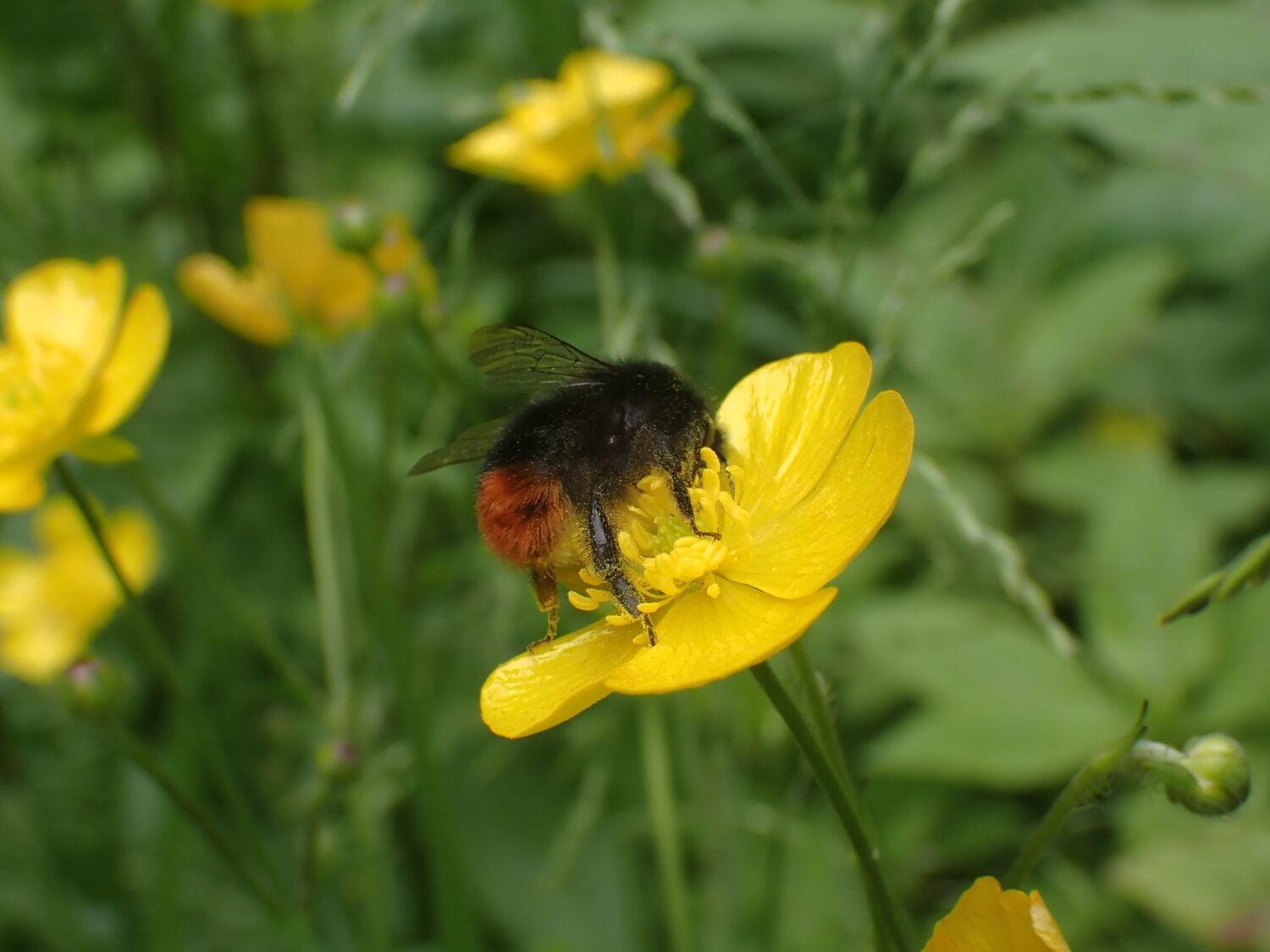Bombus rupestris
Fast facts
- Common name(s)
- Red-tailed Cuckoo Bee, Hill Cuckoo Bee
- Scientific name
- Bombus rupestris
- Bee group
- A species of cuckoo bumblebee
- When to see it
- Late May – August
Description
The Red-tailed Cuckoo Bee is no ordinary bumblebee. Females are nest usurpers.
Emerging from hibernation later than queen bumblebees, females take over the nests of Red-tailed Bumblebees and fool the workers into rearing their own offspring. Unlike social bumblebees, this species has no queens or workers.
The Red-tailed Cuckoo Bee is a scarce species in the North East but its distribution appears to be on the increase.
Identification
The Red-tailed Cuckoo Bee looks very similar to its host, the Red-tailed Bumblebee. However, there are a number of key features to look out for.
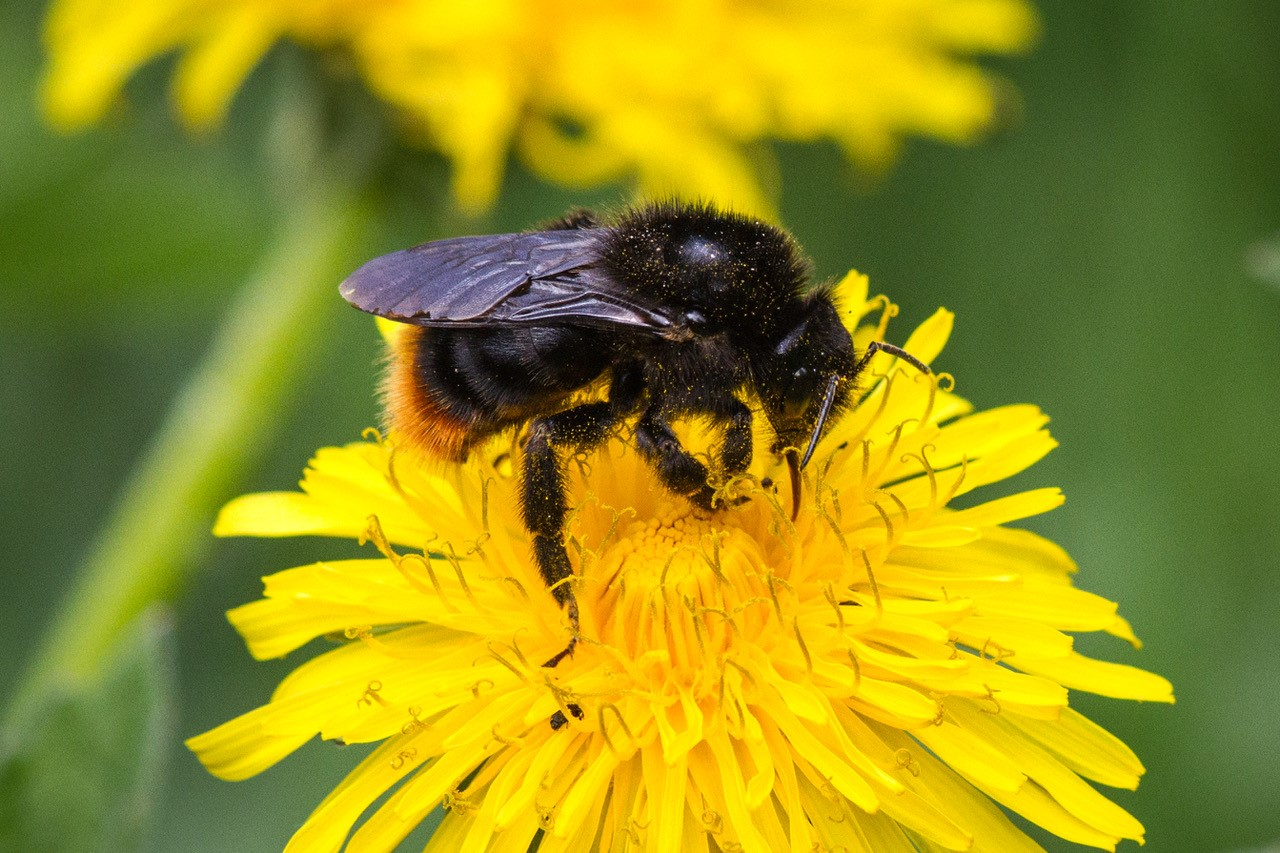
Females
Females are large, impressive bees with a black-haired body and red tail. Unlike Red-tailed Bumblebees, their fur is sparser which often reveals the shiny black body underneath.
The dark, smoky wings are a key feature and are unlike any other similar species. Females also sometimes have a faint band of yellow hair behind the head.
As females of this species do not collect pollen, their back legs lack pollen baskets and are densely haired. Characteristic of cuckoo bumblebees, females also have a square or ‘boxy’ head.
Females are most often observed searching for a nest, with a deliberately slow flight and a deep, hornet-like buzz.
Did you know?
Females of the Red-tailed Cuckoo Bee have the largest wingspan of any British bumblebee species
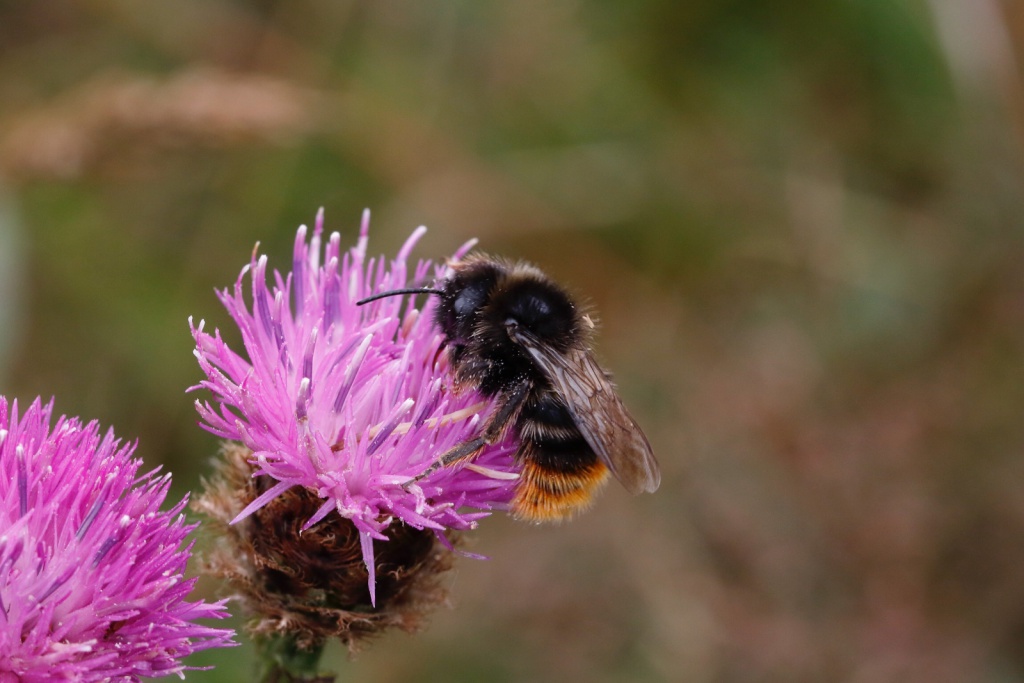
Males
Males are smaller than the females, with a black-haired body and red tail.
They can be easily mistaken for female Red-tailed Bumblebees. However, males often have grey or straw-coloured hair bands behind the head and across the body.
As males lack pollen baskets, the back legs are also densely haired. This also helps to distinguish them from female Red-tailed Bumblebees.
More images of the Red-tailed Cuckoo Bee can be found here
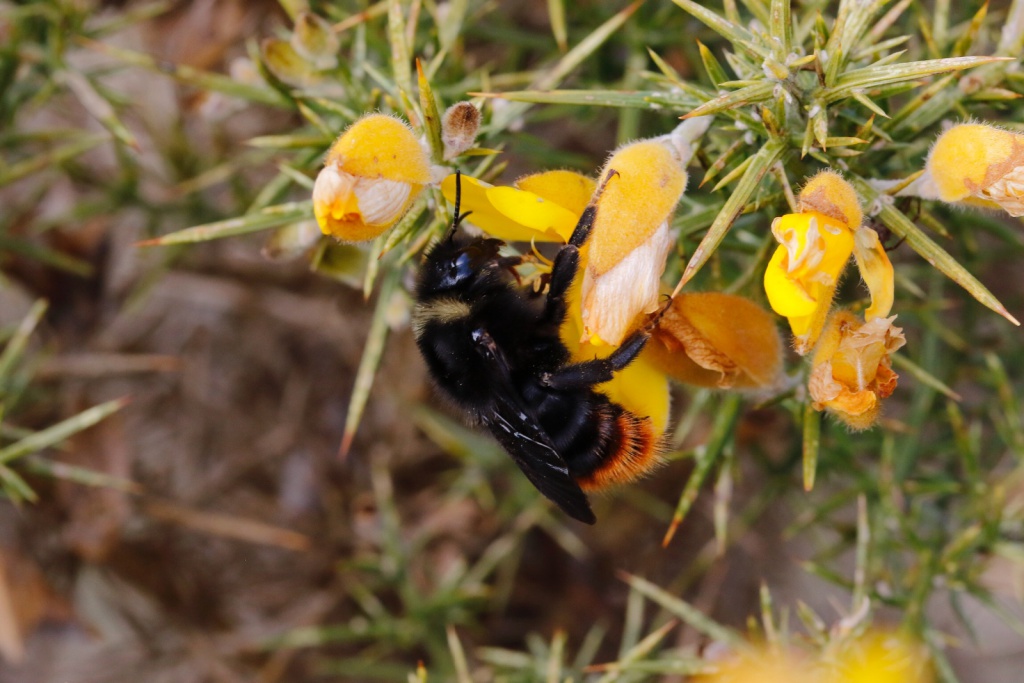
Spotted this bee?
Share your sighting of the Red-tailed Cuckoo Bee and other North East Bee Hunt target species to contribute to the conservation and study of our region’s bees.
Similar species
Red-tailed Bumblebee
The Red-tailed Cuckoo Bee does not extensive yellow hair, helping to separate it from the similar Early Bumblebee and male Red-tailed Bumblebee. Remember that the large females have dark, smoky wings – unlike that of any bumblebee – and look out for the sparser hair pile and lack of shiny pollen baskets.
Male Red-tailed Cuckoo Bees look similar to female Red-tailed Bumblebees but often have grey- or straw-coloured hair bands and have densely hairy back legs.
Ecology
Emerging from hibernation later than queen bumblebees, females search for an established nest of the Red-tailed Bumblebee. A female will then sneak into the nest, kill or subdue the queen, and fool the workers into rearing her own offspring. Unlike social bumblebees, this species does not have queens or workers, and the females do not collect pollen.
This cuckoo bee can be found in a variety of habitats where its host species occurs. Females emerge from May onwards, and males and new females can be observed from July. New females will enter hibernation until the following spring and the lifecycle will start again.
More information on the Red-tailed Cuckoo Bee can be found here
Regional Distribution
The Red-tailed Cuckoo Bee is regarded as a scarcer bee in the North East. Since records began, this species has been regarded as rare in the region and was considered extinct in Northumberland in 1998. Since 2004, this species has increased its range in County Durham and Northumberland. In 2020, the North East Bee Hunt received 20 records of this species, from both Northumberland and County Durham.
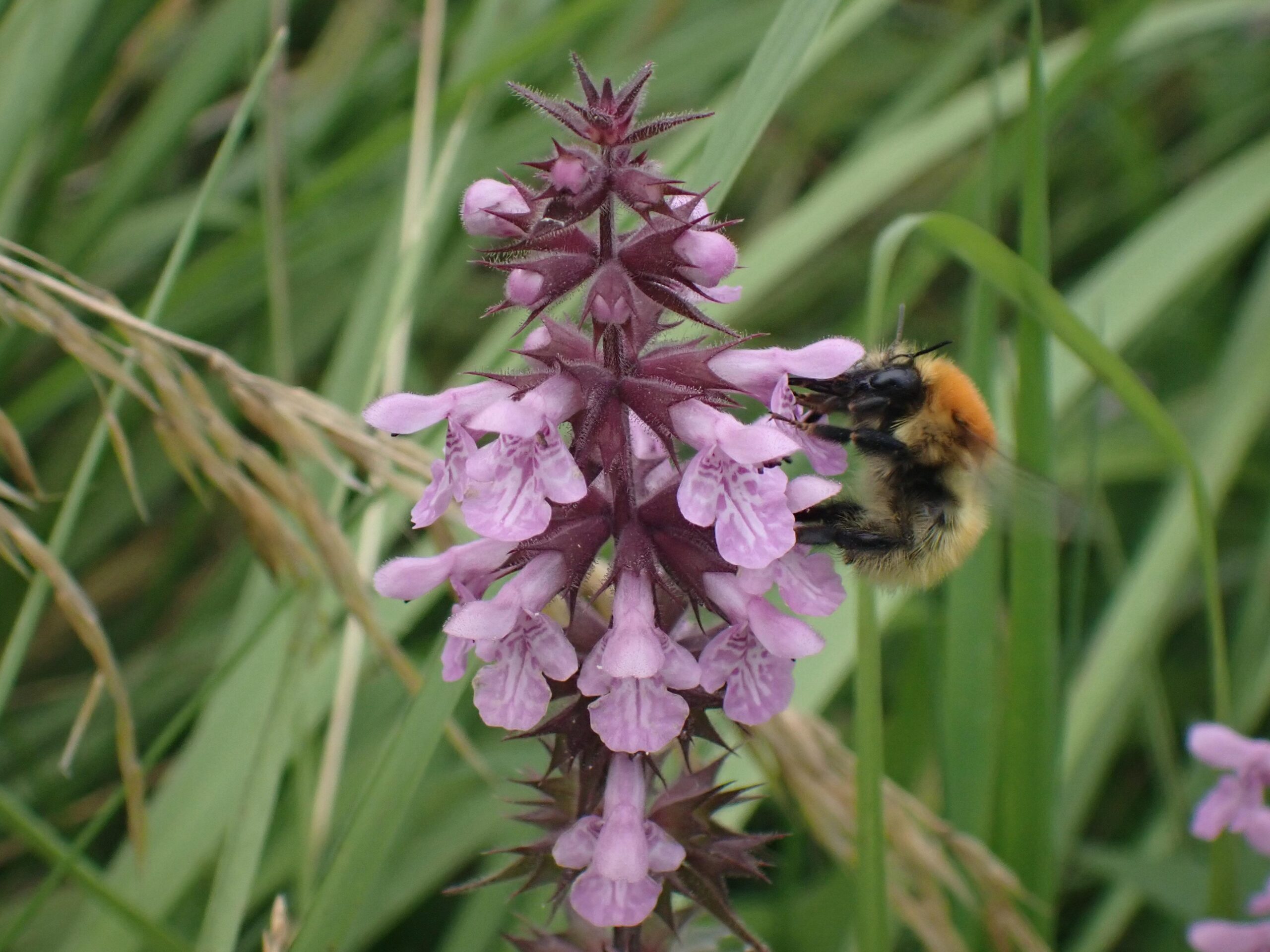
Join the North East Bee Hunt
Urban or rural, beginner or expert, we need your help to record bees across the North East this spring and summer.
Your records can add to our understanding of bees in the region and inform conservation and monitoring efforts.
Taking part is easy and every record counts, wherever you live in the region. Records of all bee species are encouraged.
